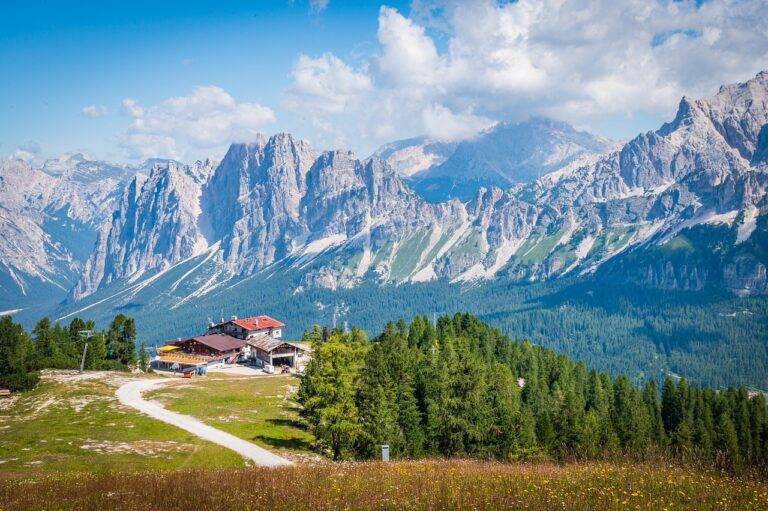Supporting Indigenous Communities through Sustainable Tourism Practices
Sustainable tourism can serve as a potent tool for economic empowerment within indigenous communities. By showcasing their unique cultures, traditions, and ways of life to visitors, indigenous peoples can both preserve their heritage and generate income through tourism activities. This form of tourism promotes a deeper understanding and appreciation of indigenous cultures, fostering intercultural exchange and mutual respect.
Moreover, sustainable tourism can contribute to the preservation of the natural environment in indigenous territories. By promoting eco-friendly practices and responsible tourism, indigenous communities can protect their lands from unsustainable exploitation while simultaneously offering visitors the opportunity to connect with nature in a respectful manner. This symbiotic relationship between tourism and environmental conservation can help indigenous peoples safeguard their ancestral lands for future generations.
Challenges Faced by Indigenous Communities in the Tourism Industry
Indigenous communities often face challenges in the tourism industry that can hinder their ability to fully benefit from this sector. One common difficulty is the lack of control over their own cultural narrative and representation. Many times, tour operators and mainstream media may misinterpret or inaccurately showcase indigenous cultures, perpetuating stereotypes and misconceptions.
Moreover, the issue of cultural appropriation is a significant concern for indigenous communities in the tourism industry. Traditional practices, symbols, and artifacts are sometimes commercialized without proper respect or understanding of their cultural significance, leading to exploitation and disrespect towards indigenous heritage. This exploitation can not only result in financial losses for the communities but also erode their cultural identity and integrity.
Examples of Successful Sustainable Tourism Initiatives in Indigenous Communities
In the Amazon rainforest, the Huaorani community in Ecuador has implemented a successful sustainable tourism initiative. They offer guided tours led by community members, showcasing their traditional way of life and deep connection to the rainforest. Visitors have the opportunity to learn about indigenous customs, participate in cultural activities, and support the local economy by purchasing handicrafts made by the community.
In Australia, the Yolngu people in the Northern Territory have developed a unique cultural tourism program. Visitors can engage in immersive experiences such as spearfishing, traditional dance performances, and bush tucker tasting, all while learning about the rich history and spiritual beliefs of the Yolngu people. This initiative not only provides economic opportunities for the community but also helps to preserve and promote their cultural heritage for future generations.
What are some benefits of sustainable tourism for indigenous communities?
Some benefits of sustainable tourism for indigenous communities include preservation of cultural heritage, economic development, empowerment of local communities, and conservation of natural resources.
What are some challenges faced by indigenous communities in the tourism industry?
Some challenges faced by indigenous communities in the tourism industry include cultural appropriation, lack of control over tourism development, environmental degradation, and loss of traditional livelihoods.
Can you provide examples of successful sustainable tourism initiatives in indigenous communities?
Yes, some examples of successful sustainable tourism initiatives in indigenous communities include the Maori Tourism in New Zealand, the Huaorani Ecolodge in Ecuador, and the Tla-o-qui-aht Tribal Parks in Canada.





